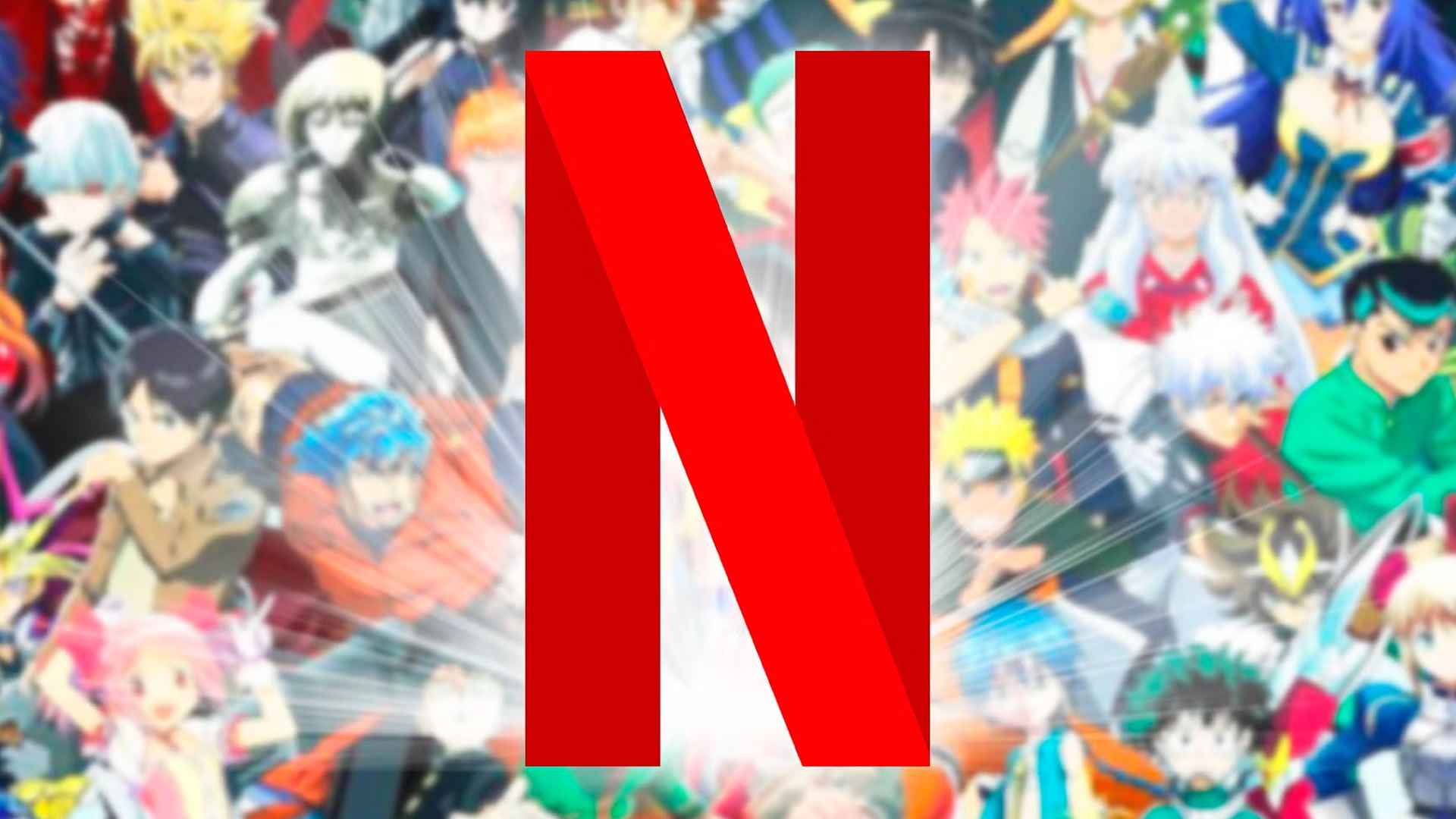A new financial report from Netflix and IG Port (matrix of Production IG and WIT Studio) revealed that the streaming giant disbursed 3.573 billion yen ($24.3 million) during fiscal year 2024. This payment reinforces Netflix's influence in the anime industry and opens debate about its role in the traditional system of production committees.
Where did the money come from?
According to the document, 10.4 million dollars came from the copyright business, where licenses such as Kimi ni Todoke Season 3produced by Production IG and acquired by Netflix in a single lump sum. In fact, the platform accounted for almost 40% of the studio's copyright sales.

Direct production: another strategy
Others 13.9 million dollars They came through the “video production” category. Unlike other streamers such as Crunchyroll or HIDIVE, Netflix does not usually join production committees, but rather signs direct contracts with studios. This gives you control over distribution and, in some cases, the full rights to the anime (as happened with Moonriseproduced by WIT Studio and listed as © Netflix).
The opaque side of the system
Experts like the director Terumi Nishii have pointed out that, although Netflix pays up to double what a standard budget would be, that money rarely reaches the animators' pockets. Instead, it usually covers studio deficits or remains in production margins. Hence the famous phrase: “it is money that rains in the desert, but is absorbed by the sand.”
Advantage or problem?
While traditional production committees divide risks among several investors, Netflix's model relies on individual contracts that may seem more profitable but raise questions about transparency, copyrights and real benefits for creators. In 2024, even Japanese reports warned that platforms are looking to extend licenses from 5 to 10 years, concentrating even more control.
¿It's better than Netflix goal millions and skip production committees, or is the classic system still fairer for creators? We read them in comments.
